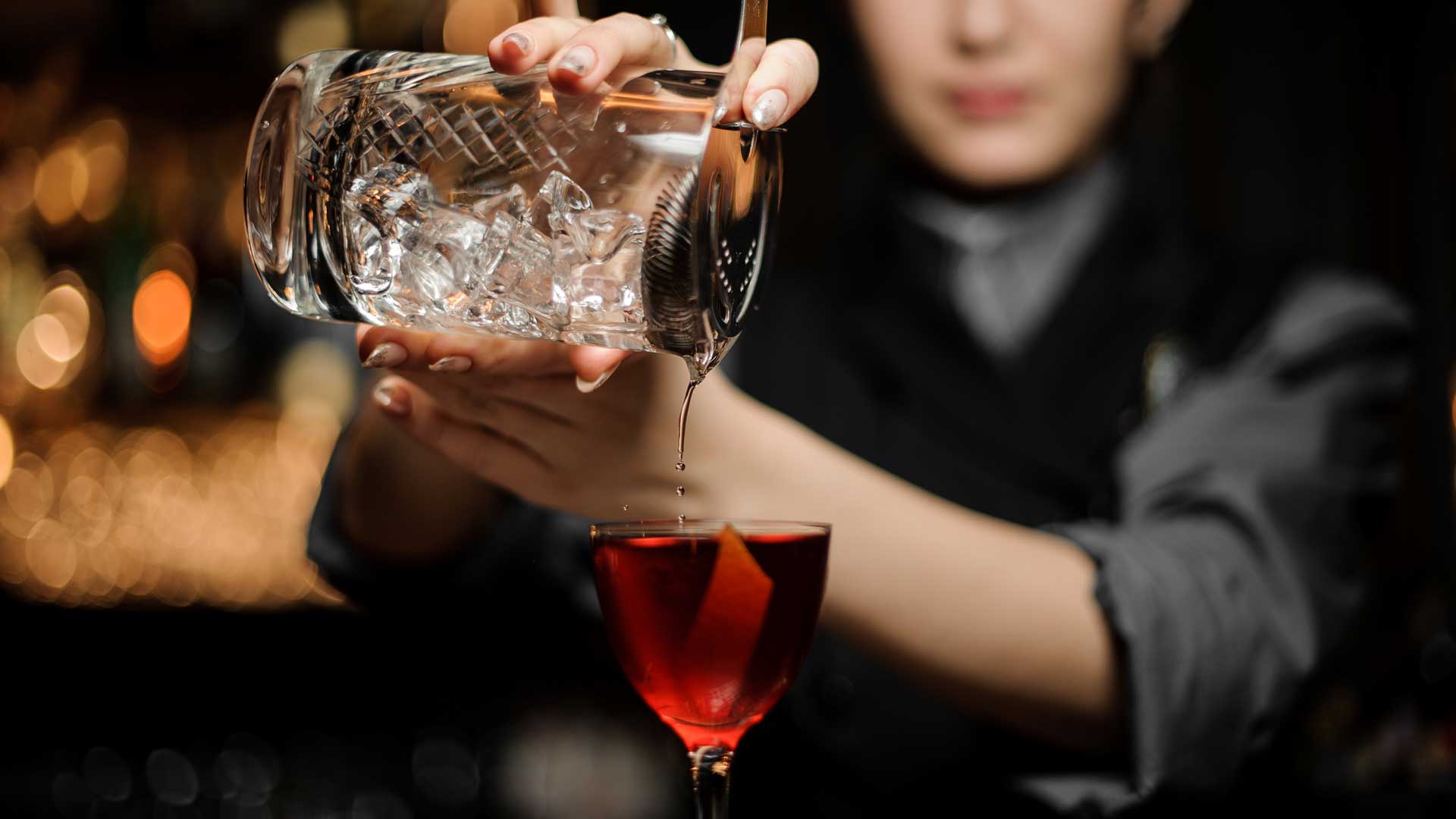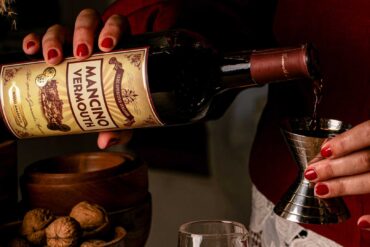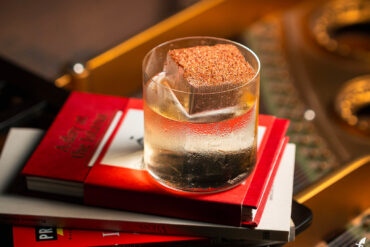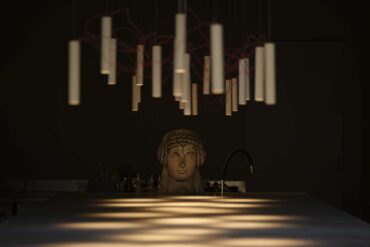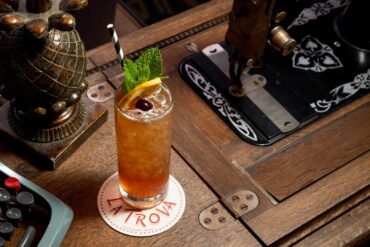The cocktail renaissance is a tale of triumph. Passionate people do indeed try to turn a dream into reality, but most of the time they come up against closed doors. On occasion they succeed, and create something meaningful for themselves and for a select niche of enthusiasts. They hardly ever proselytise.
Rarely does success conquer the entire world, branding the decades that follow. Therein lies the uniqueness of the cocktail renaissance. If we enjoy drinks of a certain type today, it is because some forty years ago a handful of bartenders decided that it made sense to buck the trend. Luckily for us, they aimed for the highest quality.
What is the cocktail renaissance
The term cocktail renaissance refers to the movement that brought back recipes and processes that were the norm in the golden age of mixology, i.e. before Prohibition, and had been lost.
In a nutshell: a rediscovery of the cocktails of yesteryear, prepared with the utmost attention to proportions and ingredients. No sloppily executed recipes, seeking to please the eye more than the palate, no colouring agents in the spirits and tacky garnishes. No form at the expense of substance.
The cocktail renaissance represented a revolution, but also a moment in which bartenders learned the fundamentals of the profession from scratch, and customers re-educated their taste buds.
The gravitational centre was New York City. Then San Francisco, Chicago, Portland, across the ocean London, and then the metropolitan areas of half the world came into play. The main architects of the change were Dale DeGroff, Dick Bradsell, Sasha Petraske, Audrey Saunders and Julie Reiner.
Dates and context
It is generally agreed that the cocktail renaissance began in the mid-1990s and ended in the late 1910s, by which time it had become the norm for any self-respecting bar.
There’s some debate about when the cocktail renaissance really kicked off—while the Oxford Companion to Spirits & Cocktails (2021) argues it didn’t fully bloom until 2004, the seeds were definitely being planted earlier.
What truly set the stage was the broader movement against the excesses of industrial food production in the ’60s and ’70s, which emphasized local, seasonal, and fresh ingredients. This philosophy naturally extended to craft beer and eventually found its way to the bar.
The ABCs of the Cocktail Renaissance
Fresh Fruit
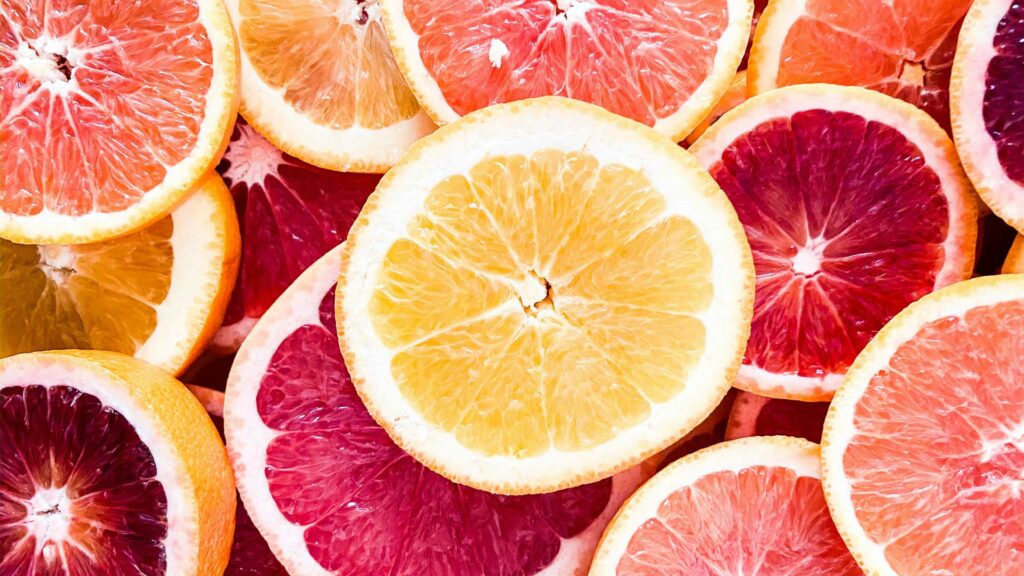
When Dale DeGroff and others sparked the revolution, bars were stocked with preservative-heavy, artificially flavored ingredients. Punch magazine nailed it, saying bars back then looked more like “supermarket aisles”. The pioneers turned these aisles into farmers’ markets, focusing on fresh, real produce—goodbye neon-red maraschino cherries, hello home-made versions.
Quality Spirits for the cocktail renaissance
Fresh fruit demanded top-notch spirits. The rule was clear: no more mass-produced, flavorless swill. Infusions became the norm, with bartenders carefully selecting spirits and adding custom herbal, spice or fruit notes.
Classic Comeback
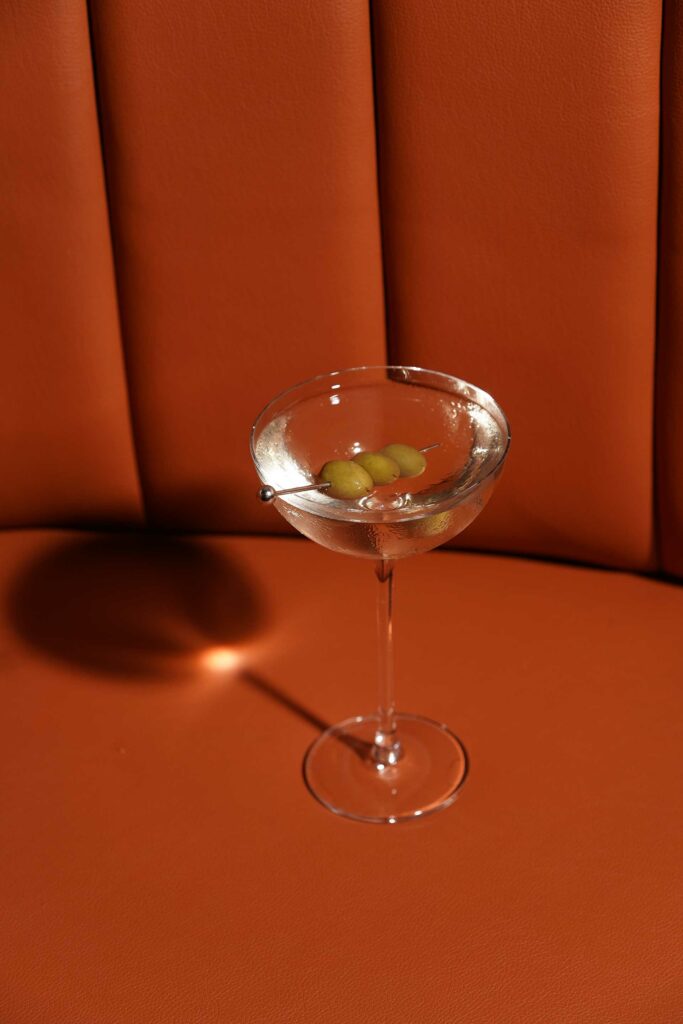
It wasn’t just about the ingredients—technique was key. Bartenders revisited late 19th-century cocktail manuals like Jerry Thomas’s How to Mix Drinks (1862), mastering the art of balance and precision. The flashy, over-the-top drinks of the ’80s were out, and classics like the Martini and Old Fashioned were back in style, made the right way.
Serious Work
The bartender’s role evolved from casual gig to respected profession. It required study, practice, and an understanding of everything from mixology to customer service. Patrons weren’t just looking to get buzzed—they wanted to savor, learn, and appreciate the craft. Bartenders became the new rock stars, with some even writing books and hosting packed seminars.
And that’s how the cocktail renaissance didn’t just survive—it thrived.


